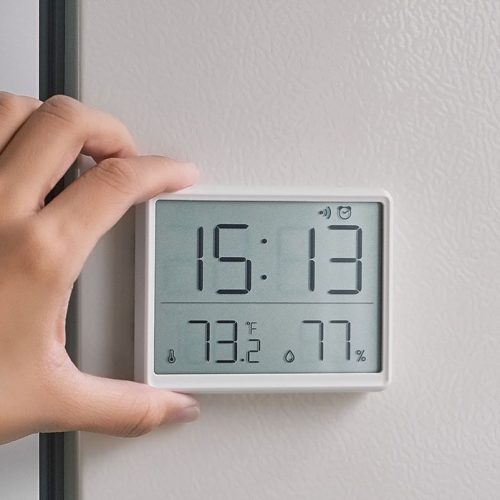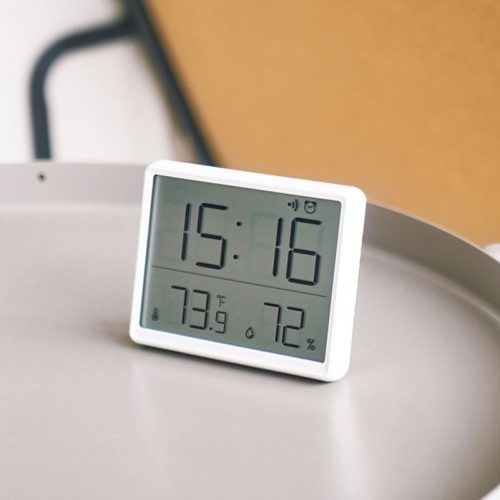Thermometer calibration is the process of verifying and adjusting a thermometer to ensure that it provides accurate temperature readings. Over time, thermometers can drift from their accurate measurement due to usage, environmental conditions, or simply with age. Calibration is crucial to maintaining their accuracy and reliability.
Here’s an explanation of the calibration process:
- Purpose of Calibration: The primary goal of calibration is to compare the thermometer’s readings against a known reference or standard to determine any deviation or inaccuracy. This process helps in adjusting the thermometer or noting its deviation from the standard.
- Reference Standards: Calibration involves using reference standards, which are instruments or devices with known accuracy levels. These standards can include certified thermometers, calibration baths, temperature probes, or specialized equipment traceable to national or international standards.
- Calibration Methods: There are various methods for calibrating thermometers:
- Ice Bath Method: Involves immersing the thermometer probe into a container filled with crushed ice and water. As ice and water form a stable mixture at 0°C (32°F), this provides a reference point for calibration at this temperature.
- Boiling Point Method: Boiling water maintains a consistent temperature at specific atmospheric pressure (typically 100°C or 212°F at sea level). Placing the thermometer probe in boiling water checks its accuracy at this temperature.
- Comparison with Certified Thermometers: Comparing the thermometer readings against readings from certified or calibrated thermometers to determine any discrepancies.
- Specialized Calibration Equipment: Some industries or laboratories use specialized equipment like calibration baths, temperature chambers, or thermal dry block calibrators to calibrate thermometers under controlled conditions at various temperatures.
- Adjustment or Correction: If the thermometer readings differ from the reference standards, adjustments may be made to correct the discrepancy. Some thermometers allow for calibration adjustments, while others may need professional recalibration.
- Calibration Frequency: The frequency of calibration depends on factors like the thermometer’s usage, manufacturer’s recommendations, industry standards, or regulatory requirements. Instruments used for critical measurements or in regulated environments might require more frequent calibration.
- Documentation: It’s important to document the calibration process, including the reference standards used, readings obtained, adjustments made (if any), and the date of calibration. This documentation serves as a record of the thermometer’s accuracy.
Calibration ensures that thermometers provide accurate and reliable temperature measurements, which is crucial in various fields such as healthcare, laboratories, industrial processes, and scientific research. Regular calibration helps maintain the quality and precision of temperature measurements, ensuring trustworthy results.


